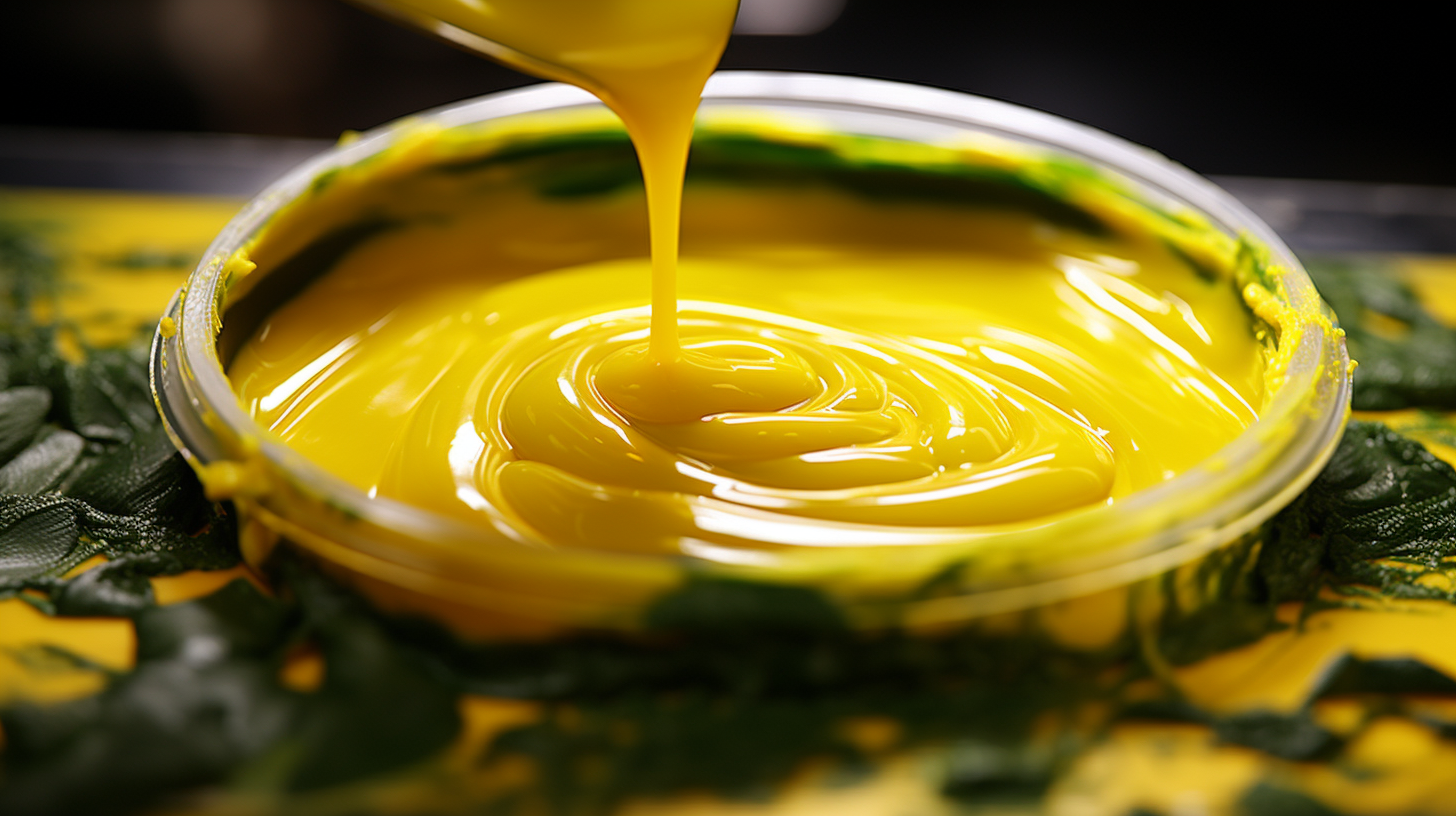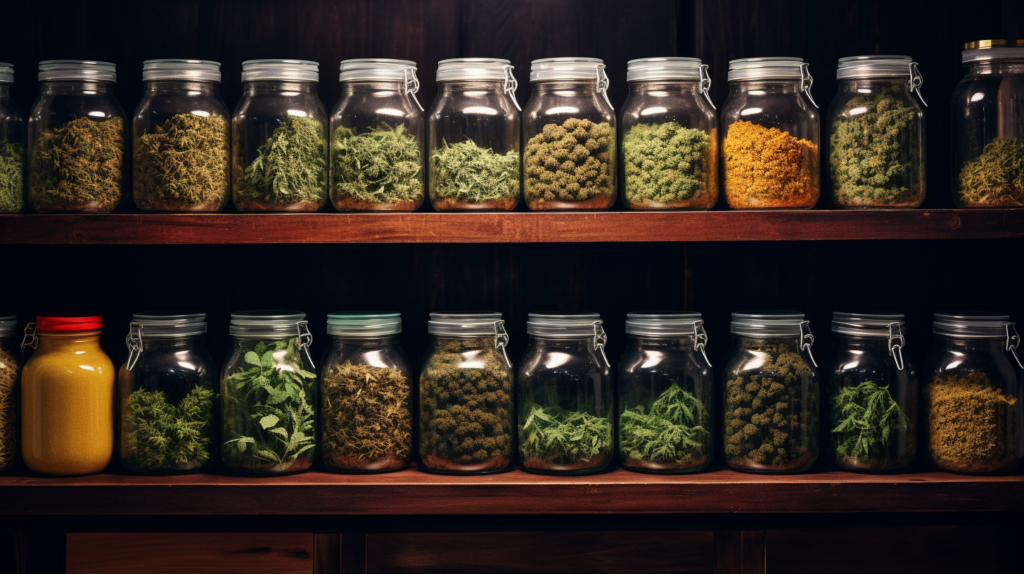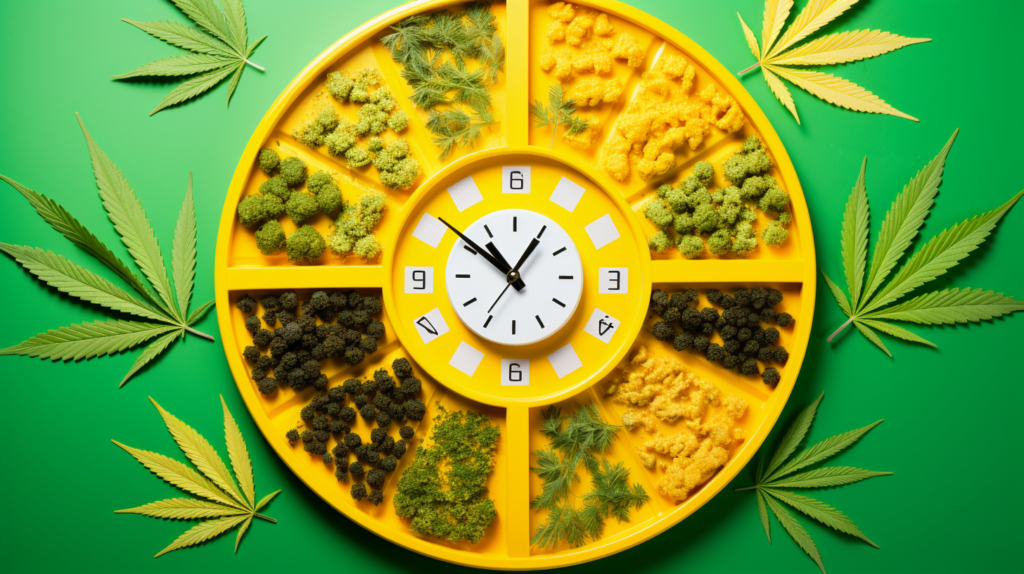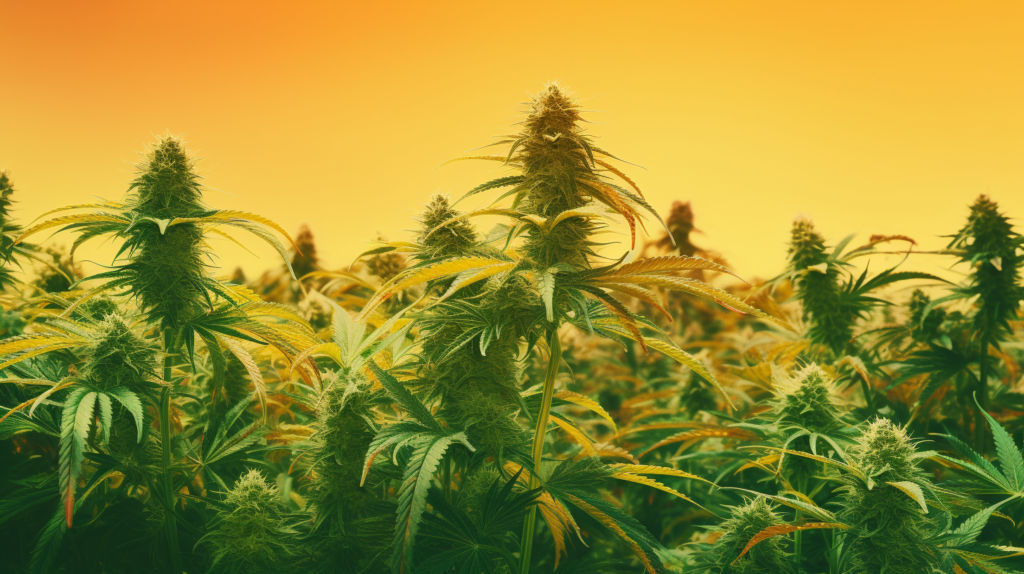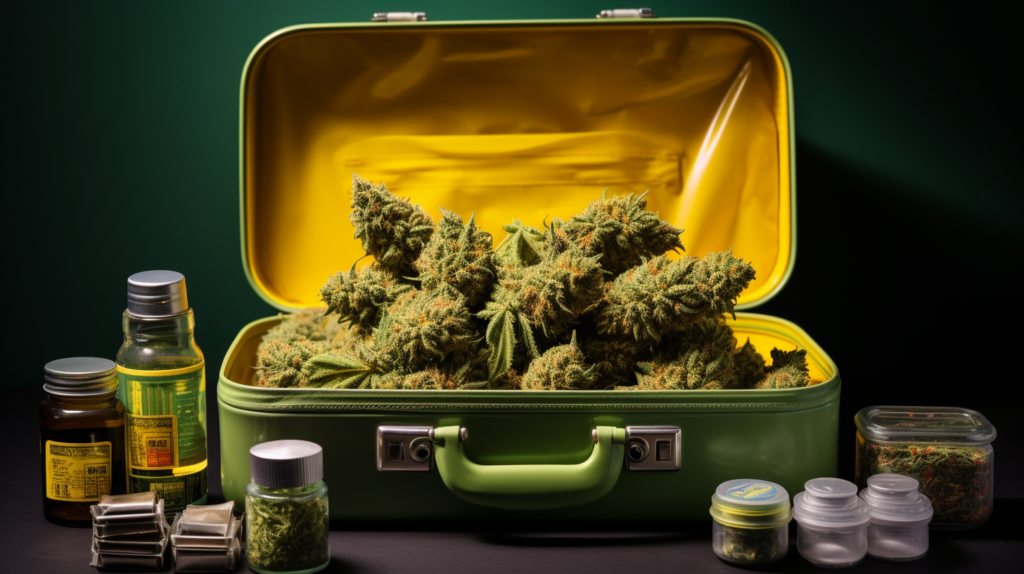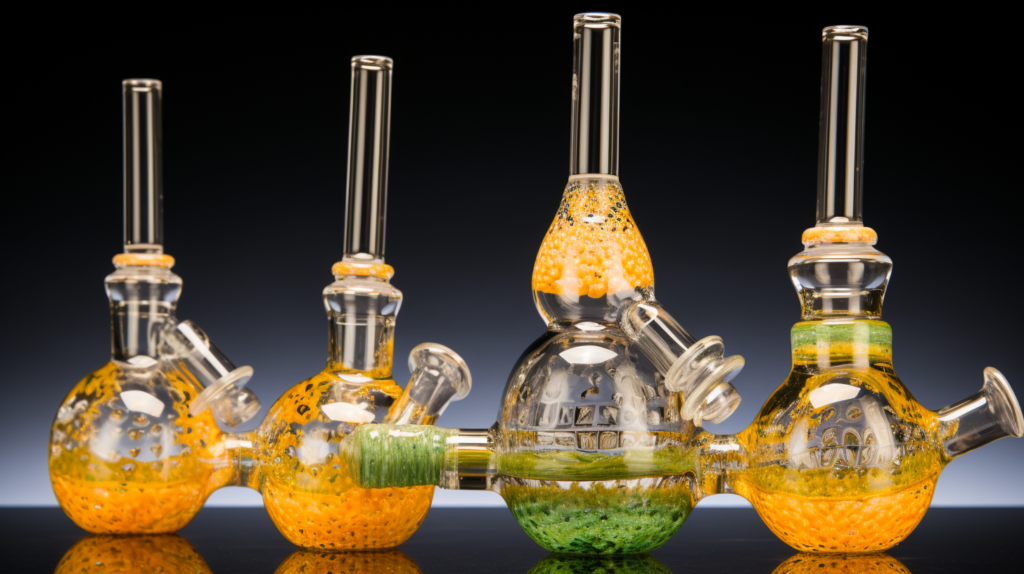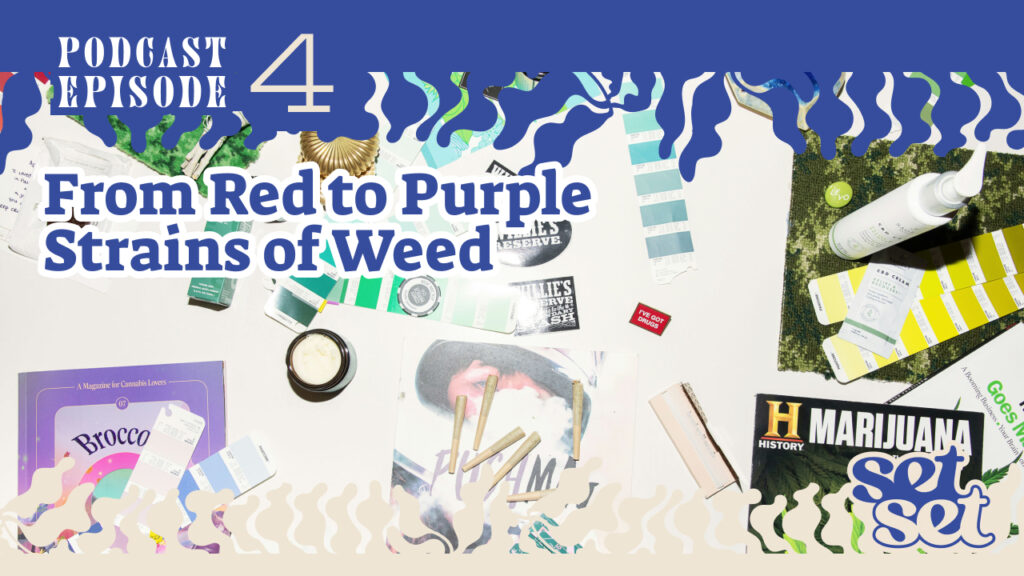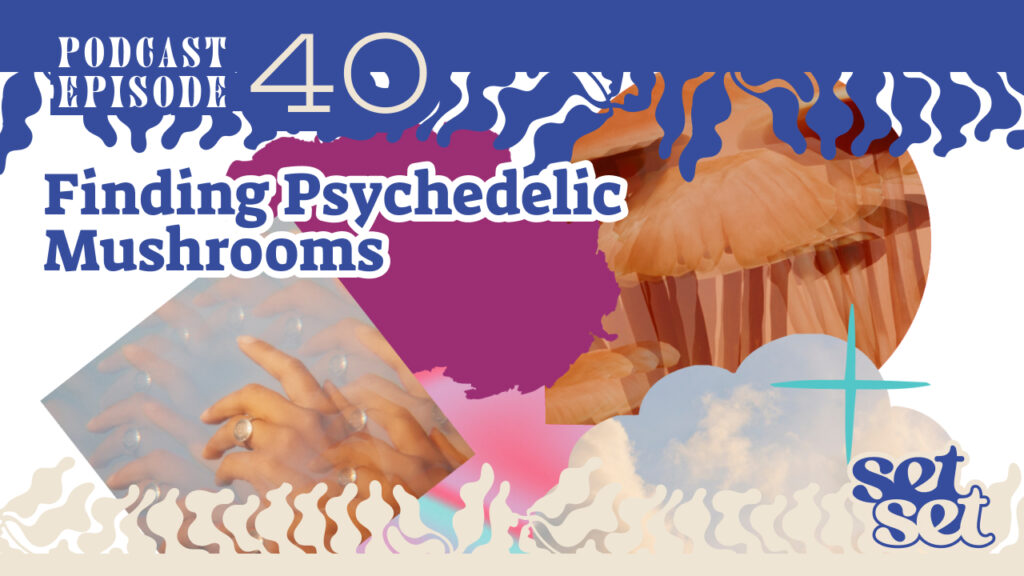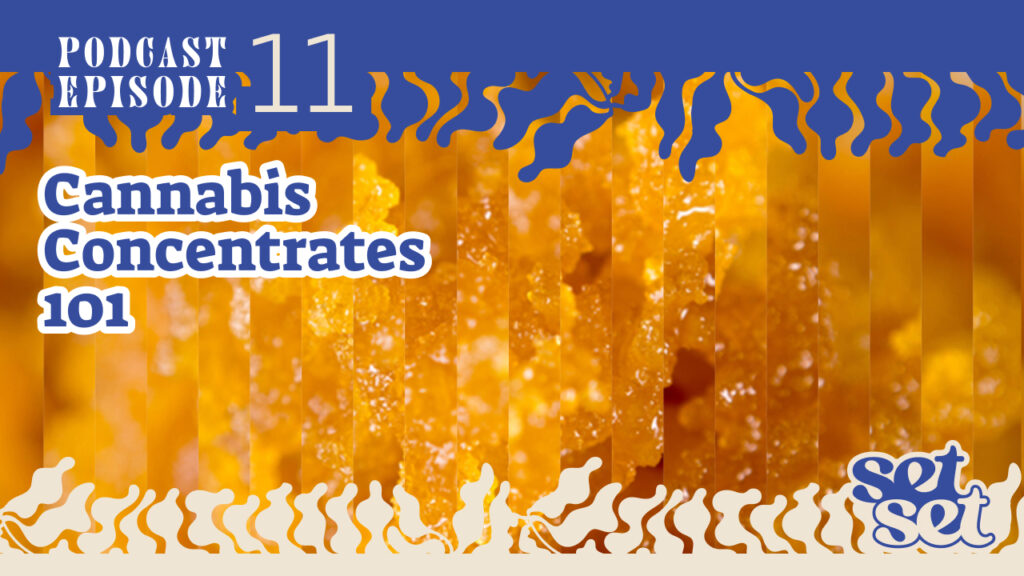how to make THC wax
Butane extraction – also referred to as BHO extraction – is very popular and common. The healing power of RSO – Rick Simpson Oil – is captured using ethanol. While the aforementioned are hydrocarbon extracts, CO2 is another very common extract – considered to be the safest due to the fact that it is a naturally-occuring compound. What you are about to read are excerpts from High Guide Lo Friesen, Chemist, and CEO & Chief Extraction Officer at Heylo Cannabis explaining cannabis CO2 extraction.
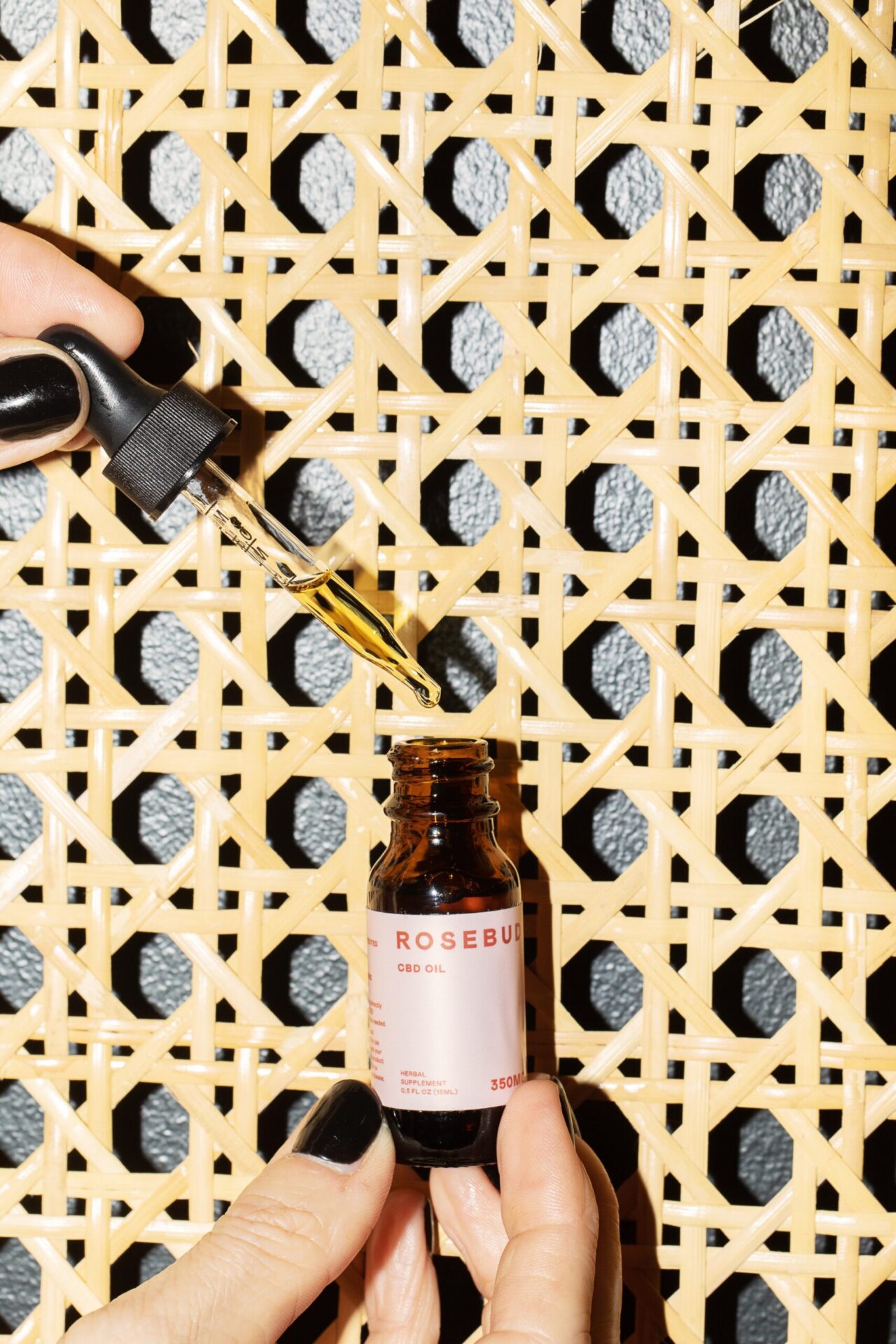
- CO2 Extraction ProcessHigh Guide Lo Friesen: I started reading about extraction. And in school I learned about botanical extraction and essential oils, steam distillation, all those types of extraction methods. The chemistry behind it and finding ways to really extract these different compounds from the plant Extraction absolutely without a doubt was my place in the industry. And I was grateful to meet the founder of Eden Labs, which manufacturers cannabis extraction equipment and introduced super critical CO2 extraction to the cannabis industry. And CO2 is just an incredible solvent.CO2 extraction process has been used for a long time in dry cleaning, extracting, actually decaffeinating coffee is one of the big ones. Extracting oil from hops to use in beer and make it a standard flavor in the industry or maybe it make it extra hoppy. And so, with co2 extraction, you’re basically pulling the essential oils, like the essence of cannabis out of the plant. And so that’s how it works, but the way I like to describe it, think of like French press coffee. So think of French press coffee and the ground cannabis plant, just like you grind it before you smoke it. We grind it before we extract it. And so it’s like a French press with cannabis in it and the CO2 is the water. They mix together, and then we used to use vessels instead of one coffee cylinder. And the extract will dissolve in the CO2, just like the coffee dissolves in the water. So that’s how I like to think about it, because we do a soak just like you soak your coffee grounds. But it’s just a little bit more complicated machinery, the cannabis extraction equipment.
- How to make THC waxHigh Guide Lo Friesen: CO2 extraction is very safe to use, it’s very safe to extract, it’s very safe for the consumer, for the technician. And it’s actually very, very good for extracting cannabis in that it’s very selective. So we can really cater our extraction for what we’re looking for. And so the way the CO2 extraction process works is you have a big machine, and it has multiple columns. And you fill the first column with your cannabis. So picture cylinders, and they’re all connected in sequence, so one to the next. And so the first cylinder, you fill that with your cannabis. And just like when you grind your cannabis to smoke it, we grind our bud before we extract it, then you fill the vessel with the cannabis ground material. And our machine fits about 10 pounds of cannabis. That’s 4500 grams of cannabis at a time, which is a lot. And so you fill it up, and then you close it up with a cap, and then you fill the whole system with CO2. And it’s the same stuff that you would use to carbonate your beverages. So very familiar. And then once you do that, you close it off to the outside, and then it goes into a loop. So it starts from a source tank that goes then into the extraction vessel where the plant material is. And there is where we set the parameters. I’m sure you’ve heard of words like supercritical or subcritical. Supercritical is the phase at which we use the CO2. So we generally know CO2 as a gas, you can’t see it, we breathe it. You can also imagine CO2 as a solid like dry ice, for example. Well, we are setting the temperature and the pressure of the CO2 to be in supercritical phase, meaning it has the properties of both liquid and gas. So it kind of looks like a cloud. And in the vessel, that cloud interacts with the plant material. And because of those parameters, we’ve learned that the extract would rather be in the cloud than in the plant material at those temperatures and pressures. And so we’ve then extracted what we’re looking for which is the oil. And then it leaves that vessel and goes into another vessel next to it. And at that point, we’ve set the temperatures and pressures for the CO2 to become a gas again. If you can imagine honey, for example, it’s definitely heavier than gas, right? And so the oil is heavier than the gas, and so it separates naturally. And so the oil will collect over time in the vessel, and the CO2 will escape and leave that separation vessel, and basically do that whole process over again. So it goes back into the plant material, it extracts more oil then it goes into the next vessel and it separates again, goes back into a gas, and it leaves the oil behind. And then it goes back and does it all over again. And so it’s called closed loop because it just goes in the circle over and over and over again. With other extraction processes, like butane extraction or ethanol, the extraction can take like 20, 45 minutes. With CO2, we actually take about anywhere from 12 to 24 hours. And so it’s a much slower process, but we are getting a much more expansive profile. And that’s why we say we create an extract that’s as close to the plant as possible, because CO2 is so good at extracting all of these compounds. So we’re getting the cannabinoids, the terpenes, the flavonoids. The wax is from the plant, the water from the plant. That’s how CO2 extraction process works. And at the end of that we take our raw extract and we go through other processes to refine it, which makes it perfectly suited to be right into your PAX vape pod.
- BHO vs CO2High Guide Lo Friesen: So butane is a hydrocarbon. And fun fact, a lot of terpenes are actually hydrocarbons. And so if you think about it, like attracts like, and so butane is a really good solvent for cannabis and for terpenes especially. The way that butane extraction works is it’s similar to CO2 extraction where you have a vessel where you put the plant material in, and then you run your butane through that vessel. And in that vessel, the extract will dissolve into the butane and will leave that vessel, and what you have left is your extract. And so it’s a similar type of process, but it happens at a much different parameter set. So you’re actually operating at a much lower temperature and pressure than with CO2. But because of the natural properties of butane, you’re extracting a limited profile from the plant. And so it’s really good at extracting monoterpenes and THCA and THC. But generally, it’s about the whole profile. That’s why butane is really good for sauce products like THC diamonds and live resin sauce. So the butane actually as a solvent interacts with the extract in a way that is conducive to creating the THCA crystals. And so the difference between a cannabis oil and shatter is the concentration of THCA. So THCA is what the plant naturally produces. And when you smoke flower, that THC gets combusted and converts into THC which is what is actually getting us high. Well, THCA in its pure form is a crystal. It’s a rock, it’s like sugar. Whereas THC, the regular THC is a liquid, a semi liquid so it’s more like molasses. Shatter has to be made with THCA in order to be that sugar crystal type. It means that there’s not a lot of terpenes in there. People love the flavor of extract, and so shatter isn’t as popular anymore, because it doesn’t taste like anything.
- How is cannabis fresh frozen? What does that mean?High Guide Lo Friesen: Hydrocarbon extracts are butane, BHO extraction, and that’s the solvent that makers used to separate the plant resin or the resident from the plant, and then also in the hydrocarbon category would be your live resin, which BHO stands for, butane hash oil and BHO extraction is primarily the most popular when it comes to hydrocarbon extracts. Both live resin and live rosin start from fresh frozen flower, and then the difference is live resin is they’re using a hydrocarbon gas to separate the resin from the plant material, then of course, purging that solvent out so that it passes testing and they deliver a clean product to the consumer, whereas live rosin or what people refer to as solventless extracts, don’t use any chemical or hydrocarbon solvents to separate the resin from the plant. At the end of the day and we just take the fresh frozen flower, make ice water hash the traditional way, which putting the fresh rosin flower to bathe in ice mesh bags and then collecting the hash, threw the bags and then that hashes freeze-dried, and then it goes through a rosin press with minimal heating pressure, so nothing’s touching the flower side from ice and water before it becomes rosin and both of those have the word live in front of them, because the live signifies that you’re starting with fresh frozen material.
- What is Lo’s favorite cannabis oil?High Guide Lo Friesen: Aliens on Moonshine!

